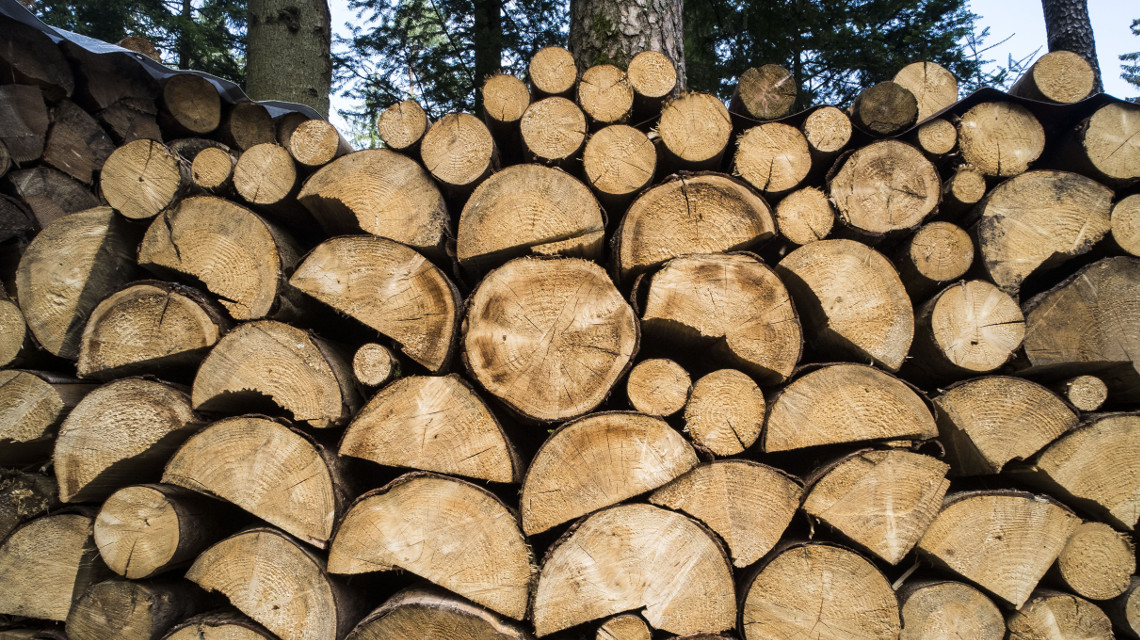CO2 emissions from deforestation revisited
Researchers from Karlsruhe have investigated the effects of land-use change on the balance of carbon dioxide. Land restructuring causes more CO2 than anticipated.

Preventing deforestation
However, land ecosystems have changed. Forests are being felled for agricultural purposes or existing arable land is being cultivated in new ways. According to the report by climate researchers at the Karlsruhe Institute of Technology (KIT) in the scientific journal "Nature Geoscience" , the transformation of land ecosystems clearly had more of an impact on the balance of CO2 than had been thought to date. Not only do land ecosystems store greenhouse gases, they also release considerable amounts of CO2 as a result of deforestation. "There is no doubt that our research findings support efforts to prevent further large-scale deforestation, which not only has a positive effect on the climate, but also plays a vital role in nature conservation and species survival", explains Almut Arneth.
Re-forestation increases 'carbon sink'
Unlike previous studies, the international team led by Arneth were the first to incorporate different methods of land and field management into their research. The new models employed by the researchers indicate that the actual levels of CO2 absorbed by plants and soil are even higher than was previously thought and that, therefore, the emissions caused by land-use change are also considerably larger. Based on these findings, the researchers assume that it was not only previous acts of deforestation that caused an increased release of CO2. According to the study, measures for re-forestation also have greater links to CO2 than hitherto expected.
Call to improve tools for forecasting
Despite this new model of calculation, it remains uncertain going forward as to what extent land ecosystems will absorb the greenhouse gas CO2 from the air, making climate change predictions even more difficult. "To quantify the effect of cultivation on CO2 emissions, we need to go beyond modelling the necessary processes of human behaviour in ecosystem models. We also need to be able to better estimate past events and future forecasts, which type of land-use did people employ when and where or what might happen in the future", explains Arneth.


